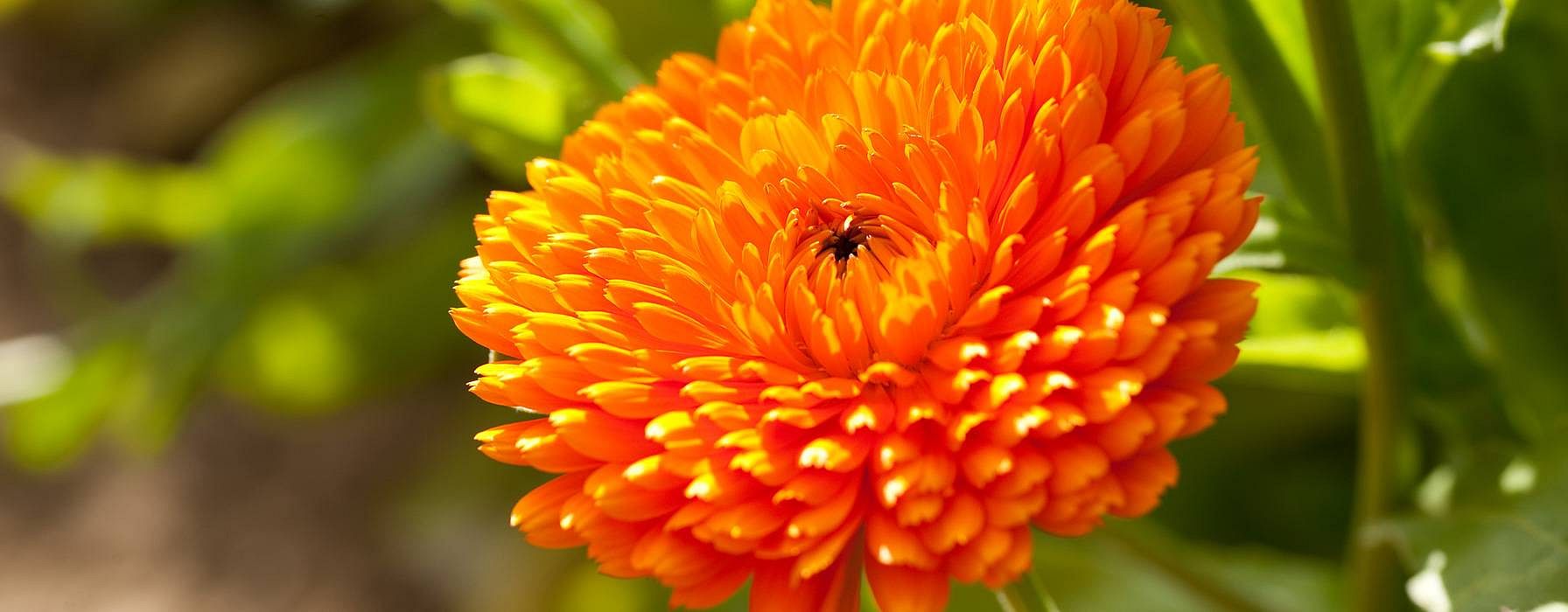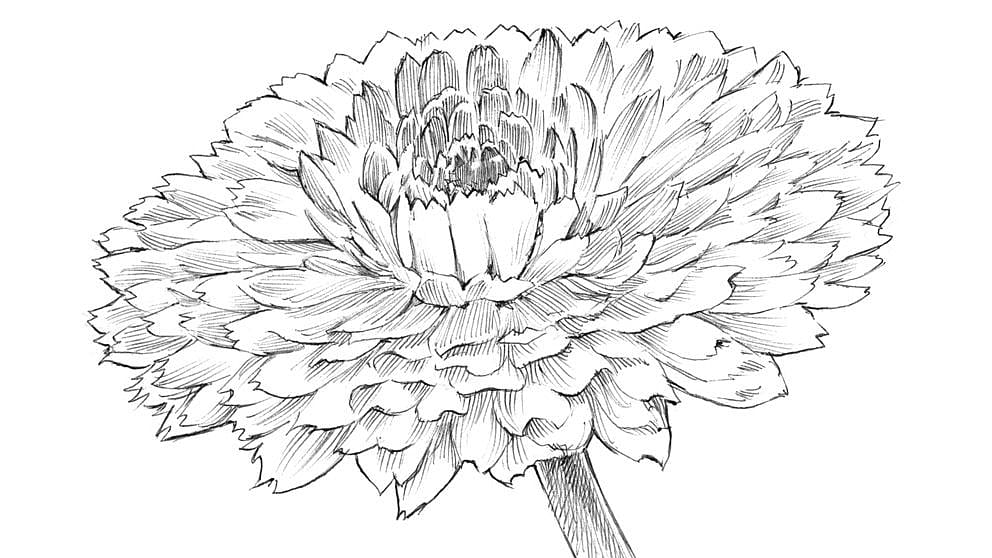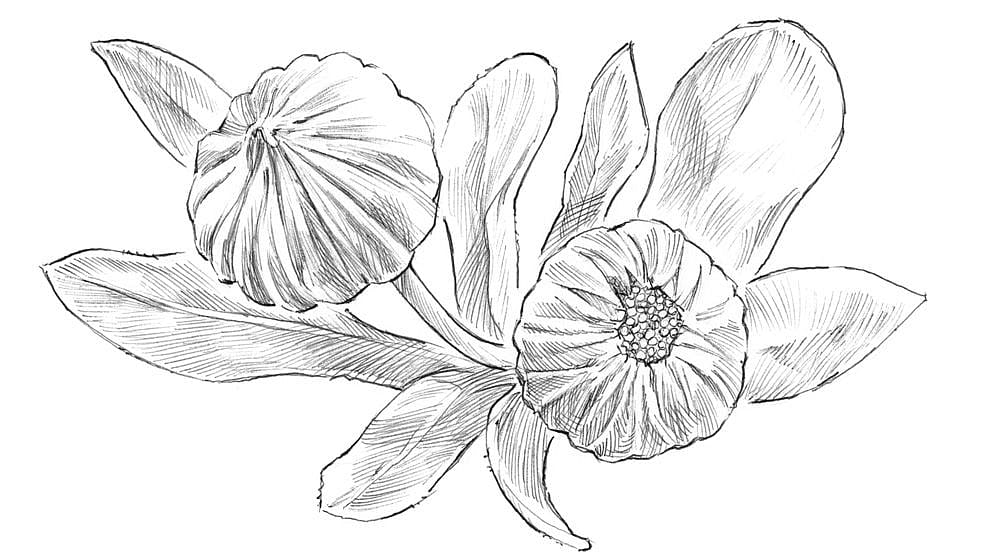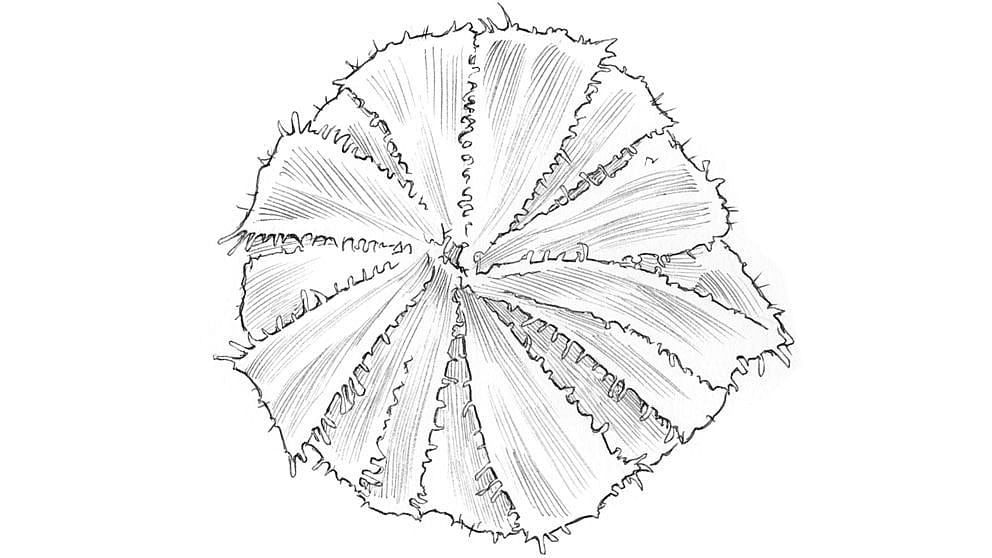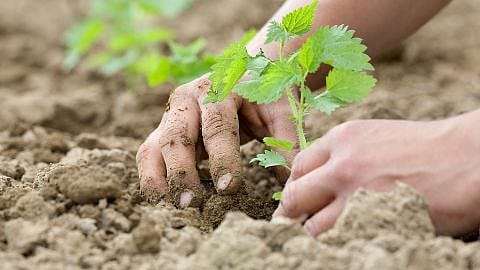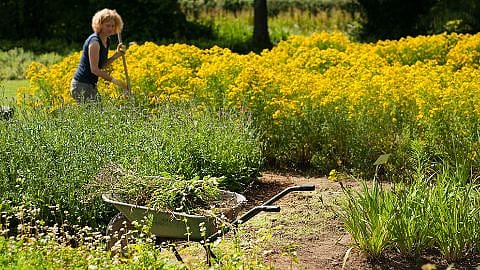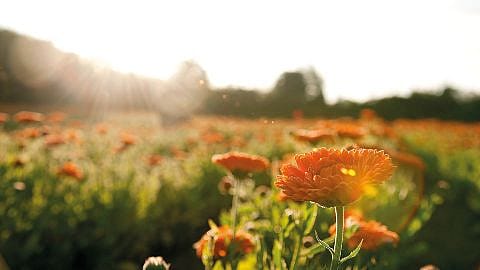Botanical Profile: Calendula
With its radiant orange blossoms, Calendula officinalis is a plant in the Asteraceae family. All summer long, this energetic plant is busy producing new blossoms and leaves. New buds appear even as older ones go to seed, in a parallel process of flowering and maturation. The calendula, with its continuous alternation between decay and rebirth, seems like a symbol for the eternal cycle of life.
Blossoms
This image of the eternal cycle is reinforced by the calendula’s radiant sun-coloured blossoms, which follow the course of the sun throughout the day. Within them they harbour an energetic life force, in the sophisticated structure of a composite flower.
Seeds
The plant’s German name, “Ringelblume”, is derived from the curly, crescent-like shape of its seeds. The seeds are produced by the fertile outer, petal-like ray florets. With their curves, humps and hooks, each seed is a little different from the next, accommodating a wide array of dispersal methods. This wealth of seed diversity gives rise to the next generation of calendula plants.
Leaves
Simple and smooth along their edges, calendula leaves do not undergo any metamorphosis, maintaining the same oblong shape throughout their development. Calendula leaves are the expression of the plant’s potential for growth and continuous renewal without the need to change its fundamental form.
Glandular hairs
Calendula stems, leaves and buds are coated in a sticky, protective coating. The plant’s ability to regulate potent growth processes has proven to be effective, particularly in the treatment of wounds and infections.
